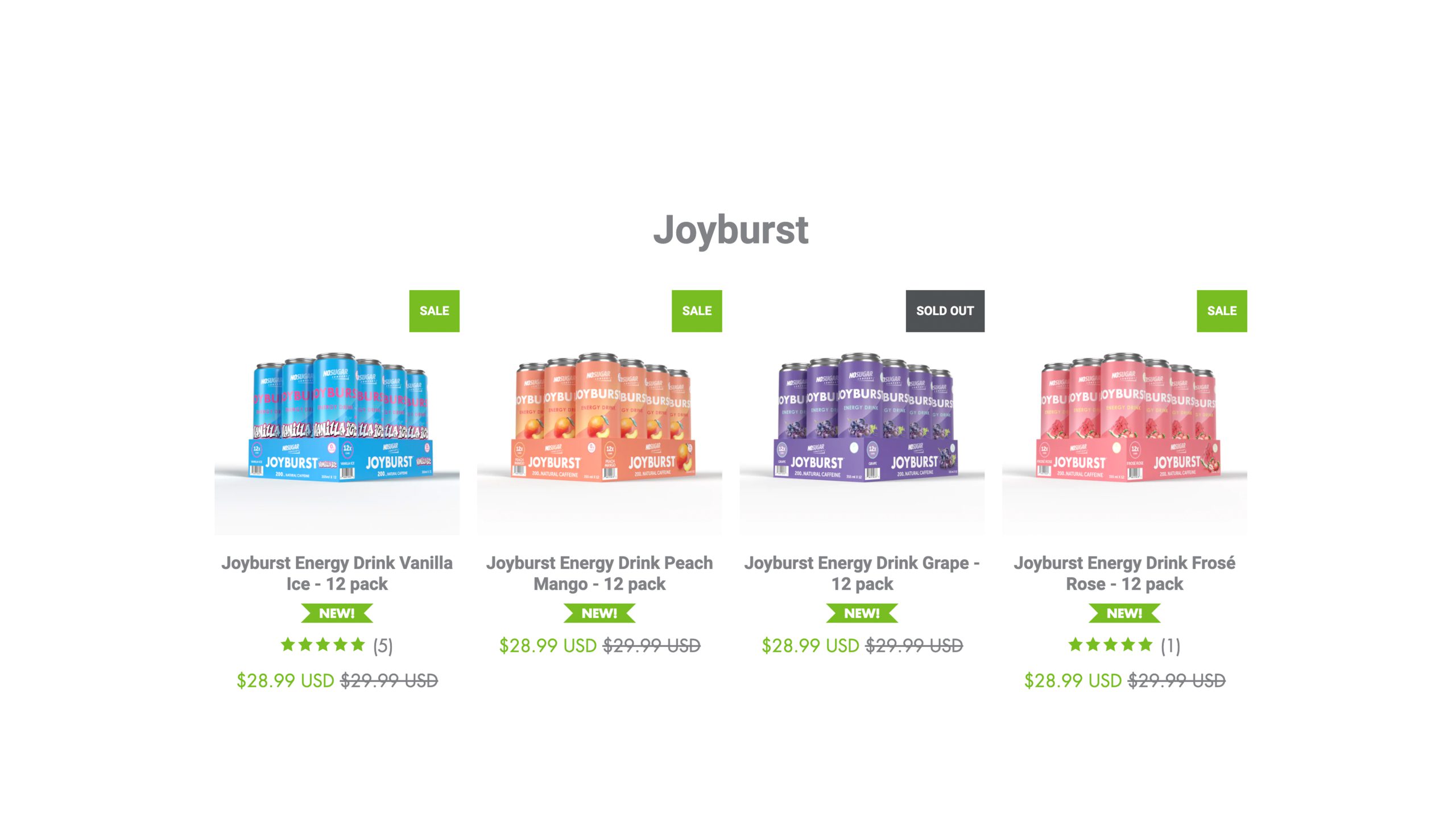
Vancouver’s grain-in-the-rain problem must be solved
Vancouver’s grain problem
It surprised many people around the world to learn that rain may delay grain shipment at the Port of Vancouver.
The prospect of rain delaying the loading of millions of tonnes of grain from farmers took aback many Canadians. Since when does it not rain in Vancouver?
The problem, though, is that the answer doesn’t appear to be so straightforward. Indeed, difficulties have increased since 2007, when arbitrators acknowledged longshore employees’ reasonable safety concerns about operating around open hatches on cargo ships during rainy and slippery conditions. Terminal operators are now responsible for the safety of their employees, which includes more than just laying down tarps to keep the grain dry but also erecting rails and barriers to prevent anyone from falling into the hold.
It takes the same time to assemble each time, and to disassemble each time. The farm-gate price of grain is effectively used to subsidize a large amount of non-value-added labor in the grain system. When it rains, rather than making that massive investment of labor, terminals typically cease loading and wait for the rain to stop. Obviously, that’s not an effective method.
The good news is that the federal government will soon meet with the many stakeholders in the grain-handling system to work out a plan to address the crisis. The federal government is unhappy about the congestion in the port, as it contributes to higher prices, creates pollution, and poses risks to the local community. Grain transportation by ship is a significant contributor to the issue.
Even though it seems likely that it will continue to rain every day in Vancouver, there’s no reason we can’t come up with a good way to deal with the problems that come with running a grain-loading port in a wet climate.
Finding a fast, simple, and inexpensive way to shield the hatches of cargo ships from the rain while they load grain is likely to be a maze fraught with many baffling difficulties. It seems unlikely that terminal managers, ship captains, and longshore workers would rather watch the rain than get their jobs done. It’s also difficult to believe we can’t figure out how to fix this ridiculous situation.


